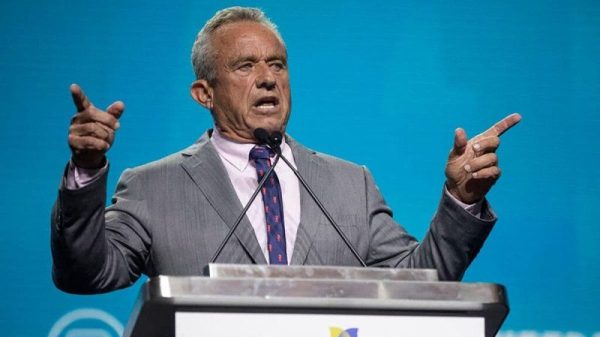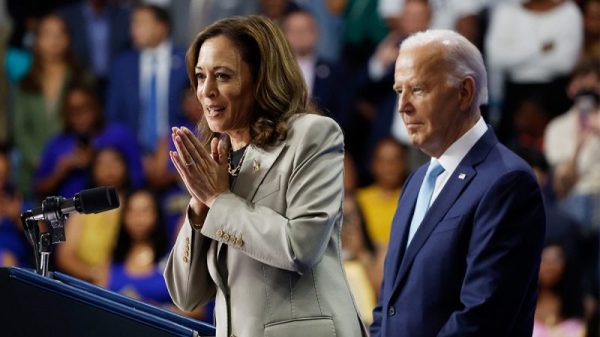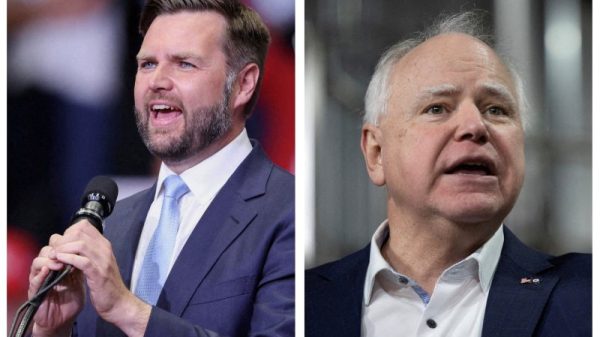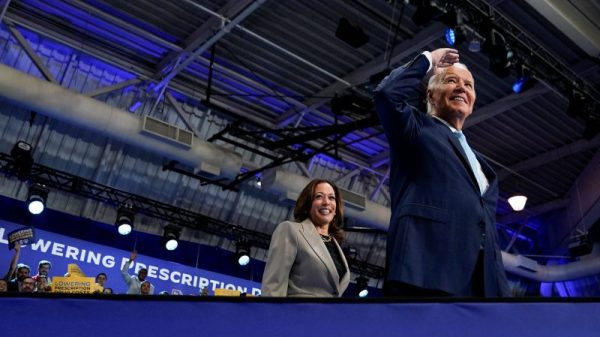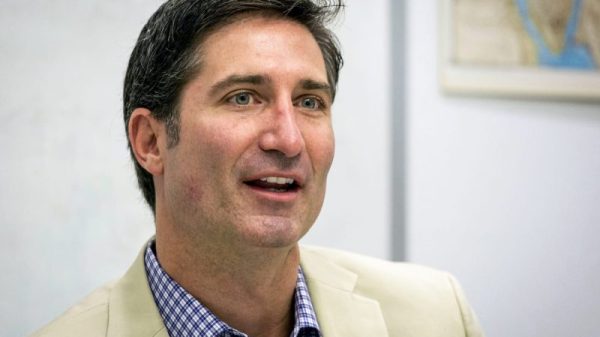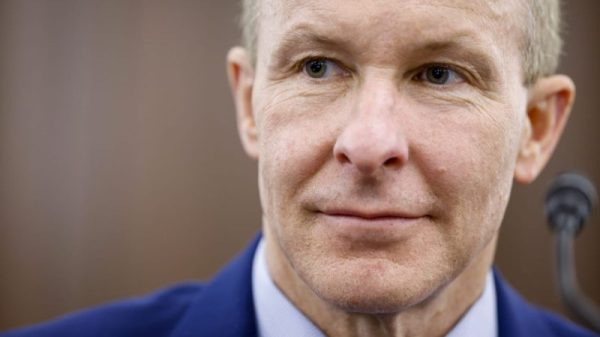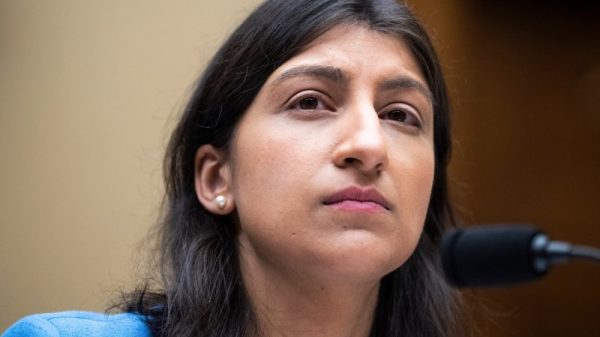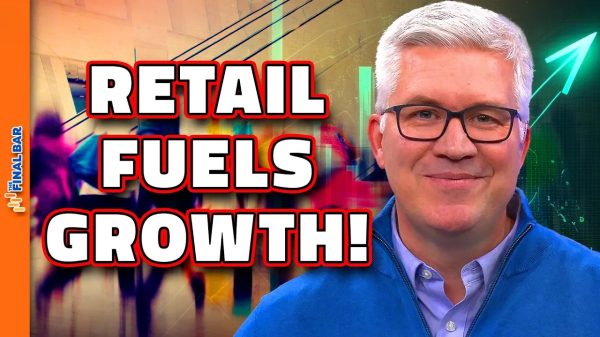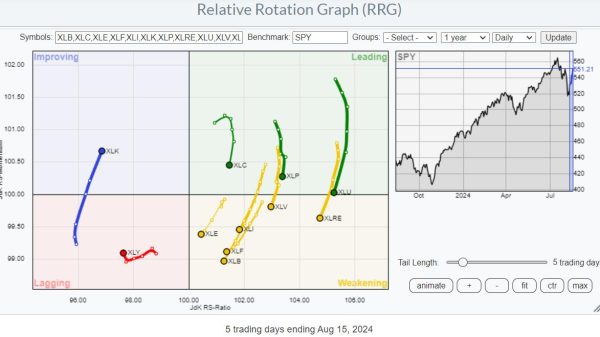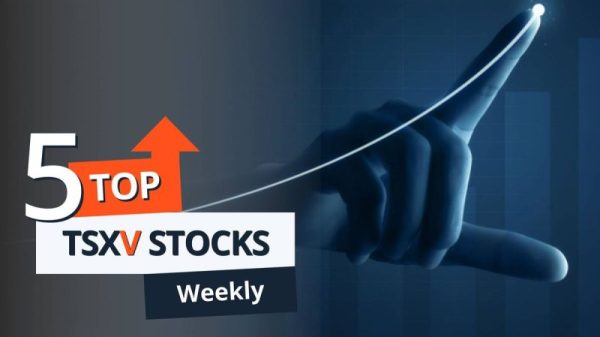Moody’s Investors Service, a leading global rating agency, recently changed the outlook for the U.S. government’s credit rating from “stable” to “negative,” citing the “poor performance in addressing the nation’s fiscal challenges and growing evidence of heightened volatility and incoherent policymaking.”
Moody’s has been keeping a close eye on the U.S.’s fiscal and debt issues for some time now, citing a number of instances over the past several years where the government has failed to rein in its spending or reduce the nation’s overall debt levels.
Recently, this issue has also been compounded by the nation’s seemingly never-ending battles over budgets and funding. These disputes have resulted in government shutdowns, delays in legislation, and a looming fiscal cliff that could trigger dramatic new spending cuts and tax increases.
The downgrade in rating from Moody’s has been interpreted as a clear sign of growing frustration over the current administration’s inability to break the deadlock over both fiscal and economic policy issues. Not only is the government failing to adequately address its fiscal problems, but it is also unable to pass meaningful economic reforms that could help to bolster the economy and create jobs.
While some may argue that the U.S. government has made progress on these issues, Moody’s believes that the country’s “incoherent policymaking” suggests that the situation is unlikely to improve in the near future. As such, the downgrade in its credit rating signals a warning that the U.S. must get its act together in order to avoid further issues down the line.
The downgrade is also a reminder that the actions of the government and its leaders can have a profound impact on the country’s financial standing in the global arena. With global markets watching closely, they could be spooked if the U.S.’s fiscal situation continues to deteriorate.
Though the Moody’s downgrade may seem like a step in the wrong direction, it should serve as a wake-up call for the government to act with greater urgency and focus on getting its fiscal house in order. With the nation’s debt levels at historic highs, and concerns over the fiscal cliff continuing to grow, the pressure is on the U.S. to make the right decisions and create a sustainable fiscal path forward.

